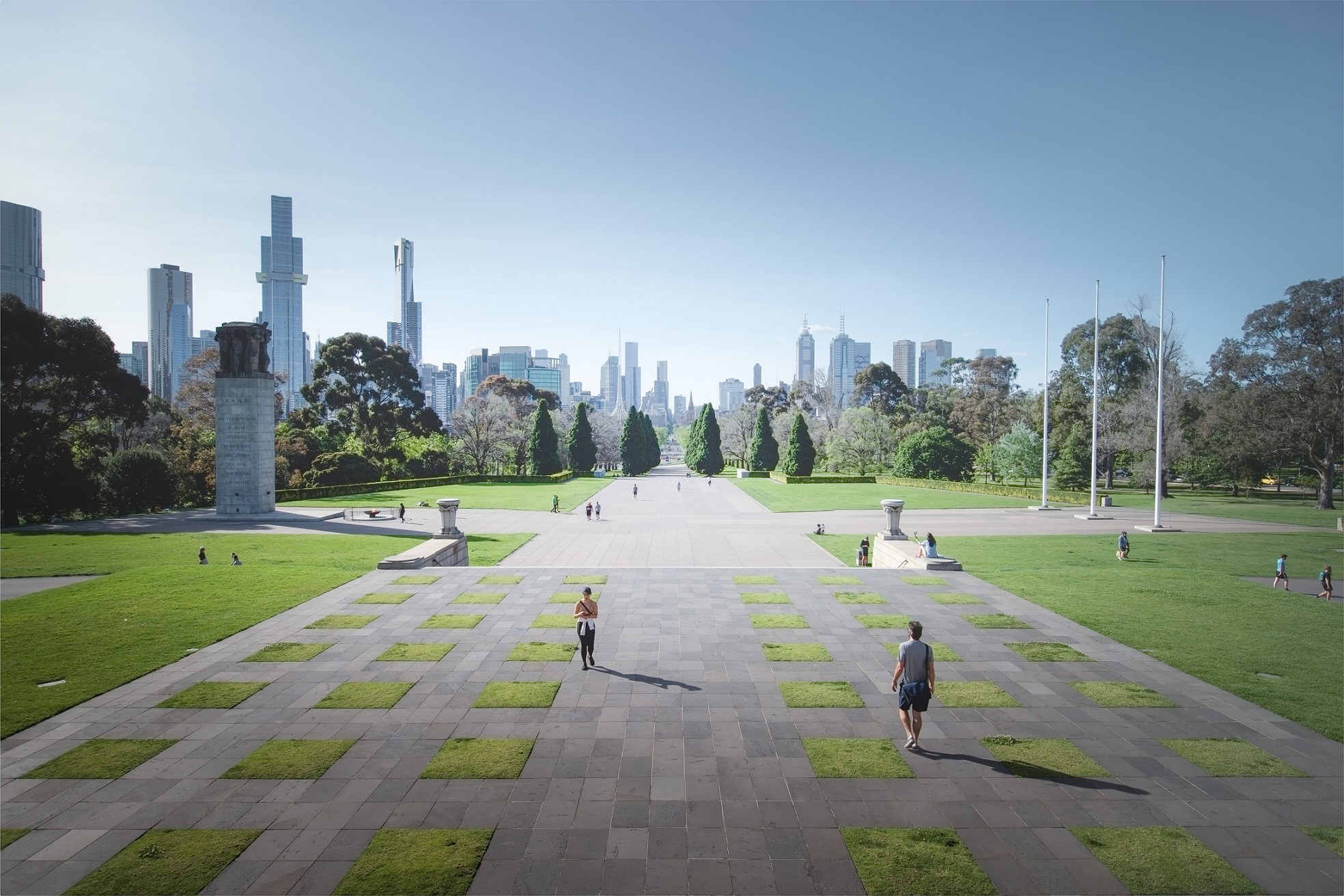Montreal, 10 December 2022 – As the largest biodiversity conference in a decade kicked off in Montreal, mayors from 15 cities around the world called for increased direct financing to allow cities to implement ambitious greening and ecosystem restoration projects.
With the planet experiencing a decline in nature at rates unprecedented in human history – and the largest loss of animal and plant species since the dinosaurs – cities can play an important role to address biodiversity loss.
“Cities must be part of the solution to the biodiversity crisis,” said Sheila Aggarwal-Khan, Director of UNEP’s Economy Division. “We hope mayors’ call for increased, direct investment will not fall on deaf ears so that they can unleash the power of nature in cities.”
Cities are on the front line of the socio-economic impacts of climate change and ecosystem loss, and already taking ambitious action to protect and restore nature.
“Cities around the world, like Barranquilla, are acting decidedly to protect their ecosystems, address the impacts of climate change, and improve the well-being of their citizens; however, more partners and resources will be needed to successfully scale financing nature in cities” said Jaime Pumarejo Heins, Mayor of Barranquilla, Colombia. “Today, we make a call for increased financing for cities to take action on nature. Let’s work together, international community and local authorities, hand-in-hand, to take this message forward to Davos next month and unleash the power of nature in cities and meet global biodiversity and sustainability goals.”
According to UNEP’s 2022 State of Finance for Nature, current finance flows to nature-based solutions must double by 2025 and triple by 2030 to halt biodiversity loss, limit climate change to below 1.5 ˚C and achieve land degradation neutrality, and resilience to climate impacts such as heatwaves and flooding. These investments should support restoration efforts by sub-national governments.
“Investment in Nature is the only way forward for building climate resilient sustainable cities” commented Barrister Sheikh Fazle Noor Taposh, Mayor, Dhaka South City Corporation in Bangladesh.
The call at the 15th meeting of the United Nations Biodiversity Conference (COP15) came from the Mayors of Athens, Austin, Barranquilla, Dhaka-South, Freetown, Kampala, Kigali, Quezon City, Melbourne, Miami-Dade, Monterrey, Montreal, Paris, São Paulo and the Secretary of the Environment of the Government of Mexico City.
It was backed by the UN Environment Programme, ICLEI, C40, World Economic Forum, Global Environment Facility, Climate Policy Initiative’s CCFLA, and the University of Pennsylvania.
The mayors called on the finance community and national governments for reform of financial infrastructure and greater direct collaboration with the private sector. This would equip cities to fund nature-based solutions, such as forests, green belts, water streams, and parks in and around urban areas.
Up until now, funding for nature infrastructure solutions has gone to national governments, which then distributes it to cities and regions.
Responding to the call from Mayors, UNEP and partners launched a new project to support cities in taking action for nature and contribute to the UN Decade on Ecosystem Restoration. This project, funded by the German Federal Ministry of Economic Cooperation and Development, will run for three years (2023-2025) to inform, inspire, and enable policy makers, practitioners, businesses, and finance institutions to promote ecosystem restoration in cities.
NOTES TO EDITORS
Additional quotes
“It is vital that all levels of government take urgent action to mitigate climate change and to protect our environment. Here at the City of Melbourne we are proud and protective of our biodiversity. We are investing $1 million annually to create and enhance habitat for biodiversity, and reintroducing locally extinct species. We have a vast tree population, with 80,000 council-owned trees, worth more than $800 million. Our Urban Forest Fund accelerates greening across the city by providing matched financial support to new private greening projects, including green spaces, tree planting and biodiversity projects. This also plays a key role in reducing the effects of extreme heat in our city.” Sally Capp, Lord Mayor of Melbourne, Australia
“Communities around the world have a crucial role to play in reversing the impacts of climate change. Miami-Dade County is committed to protecting our environment through nature-based solutions. In the past year, we have planted 11,000 trees and distributed 10,000 more to residents, and we have allocated $4.5 million for increased canopy cover, reforestation, and climate change adaptation efforts. The county has also purchased over 390 acres of wetlands, helping to mitigate the impacts of sea level rise by absorbing floodwaters, cooling nearby ‘heat islands,’ and absorbing and storing the carbon pollution that drives climate change. Every single step we take makes a huge difference.” Daniella Levine Cava, Mayor of Miami-Dade County, Florida, US
“We urgently need to reinvent cities as a place for well-being, rich urban biodiversity, and climate resilience. Therefore, we are pleased to be partnering with UNEP for the coming three years to catalyze restoration and nature-based solutions in finance, employment and urban planning and support cities to become champions of urban biodiversity and resilience within healthy social and planetary boundaries.“ Heike Henn, Director for Climate, Energy and Environment, Federal Ministry for Economic Cooperation and Development (BMZ), Germany
“Cities are at the front line of taking transformative and innovative action for biodiversity, yet they do not have direct access to appropriate finance instruments. Despite the clear benefits, cities currently invest less than 0.3% of their infrastructure spending on nature-based solutions, which is equivalent to around $28 billion. The global CitiesWithNature and RegionsWithNature initiatives provide vital platforms for connecting and showcasing innovative solutions, but we need the finance and private sectors to take hands with government to facilitate a shift towards a more enabling environment for investment in nature-based solutions, and to make it easier to access investment at scale in cities.” Kobie Brand, Deputy Secretary General of ICLEI, Global Director of ICLEI’s Cities Biodiversity Center
“Ecosystem restoration and nature-based solutions are fundamental for cities to address challenges related to climate change, biodiversity loss and human health. The Mayors’ Call is a testimony of political commitment by cities to act and become hubs for innovative, transformative solutions. The Global Environment Facility is pleased to collaborate with cities globally to advance integrated approaches that put nature at the core of sustainable urban growth.” Aloke Barnwal, Coordinator – Sustainable Cities, Global Environment Facility (GEF)
NOTES TO EDITORS
About the UN Environment Programme
The UN Environment Programme is the leading global voice on the environment. It provides leadership and encourages partnership in caring for the environment by inspiring, informing and enabling nations and peoples to improve their quality of life without compromising that of future generations.
For more information, please contact:
Moses Osani, Media Officer, UN Environment Programme
Sophie Loran, Communication Officer, UN Environment Programme
Source link
Related
























